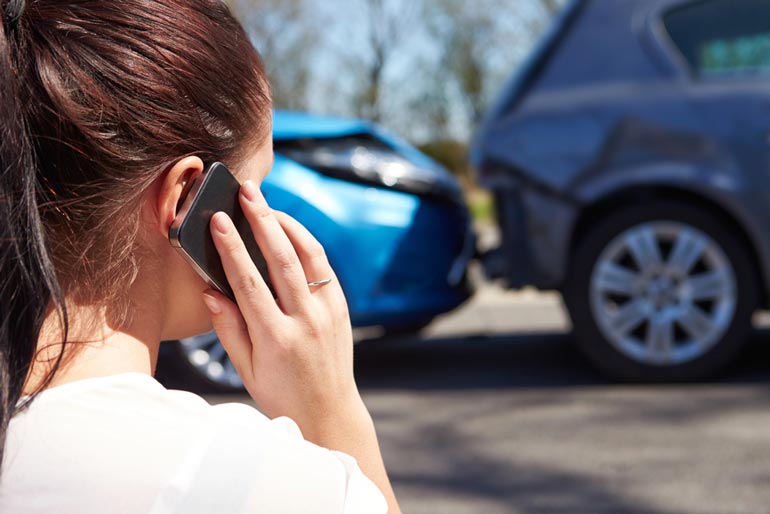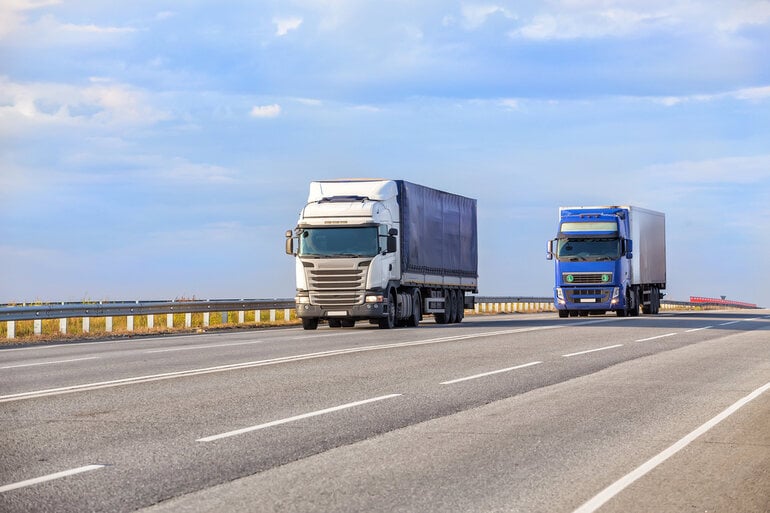Methods to Verify Auto Insurance Coverage for Any Driver
Ensure financial protection and legal compliance by learning how to verify auto insurance coverage. Discover essential methods for checking your own and others’ policies, utilizing online services, and dealing with uninsured drivers.

Auto insurance is a crucial aspect of responsible vehicle ownership and operation. It provides financial protection against accidents, theft, and other unforeseen events that can result in significant expenses.
Ensuring that you and other drivers on the road have valid auto insurance coverage is not only a legal requirement in many jurisdictions but also a critical safety measure for all parties involved.
Verifying auto insurance coverage can sometimes be overlooked until an accident occurs, leading to complications and potential financial liabilities. Whether you are confirming your own coverage, checking the status of another driver’s insurance, or ensuring that a borrowed or rented vehicle is adequately insured, understanding the methods to verify auto insurance coverage is essential.
Verifying Your Own Auto Insurance Coverage
To ensure you have the necessary auto insurance coverage, start by reviewing your insurance policy documents. These documents detail the specific types and limits of coverage you have, including any additional endorsements or exclusions.
Next, contact your insurance provider directly—either by phone or through their website—to confirm the details of your coverage. Many insurance companies also offer online portals or mobile apps that allow you to view and manage your policy information conveniently.
Regularly checking your coverage helps you stay informed about your policy status, ensures that your information is up to date, and provides an opportunity to make any necessary adjustments to your coverage. Keeping track of your insurance details is crucial for maintaining continuous and adequate protection on the road.
Verifying Another Driver’s Auto Insurance Coverage
There are instances when you might need to verify another driver’s auto insurance coverage, such as after an accident or before allowing someone to drive your vehicle. It’s important to approach this situation with respect and caution due to privacy considerations.
Start by politely asking the driver to provide proof of insurance, typically found on their insurance card or policy document. Check the details carefully to ensure the policy is current and valid. If you’re uncertain about the authenticity of the provided documents, you can contact the insurance company directly, using the policy number and the driver’s name for verification.
Be aware that some insurance companies may have privacy policies that limit the information they can share without the policyholder’s consent.
Methods to Verify Insurance Coverage
- Asking the Driver Directly: Politely ask the driver to show their insurance card or policy document. Verify the policy number, driver’s name, expiration date, and coverage details. Be cautious of documents that appear altered or expired. Compare the information provided with what is typically required by your state or region. If needed, take photos of the insurance card and license plate for your records.
- Contacting the Insurance Company: Use the contact information provided on the insurance card. Have the policy number, driver’s name, and other relevant details ready. Confirm the policy’s validity, coverage types, and expiration date. Be aware that insurance companies may have privacy restrictions. If possible, ask the driver to give consent for the insurance company to share policy details with you.
- Using Online Verification Services: Many third-party services offer online insurance verification. Identify reputable services like DMV sites or specialized verification platforms. Ensure the service is credible and well-reviewed.
- Mobile Apps and Tools: Many insurers offer mobile apps that policyholders can use to show proof of coverage. Drivers can easily access and share their policy details. Apps designed specifically for verifying insurance coverage. Some apps allow you to scan insurance cards and instantly check their validity. Research popular apps that provide reliable verification services.
Utilize smartphone capabilities to enhance the verification process, many states accept digital proof of insurance, making it easier to verify on the spot. Some insurance companies include QR codes on their documents for quick verification.
Dealing with Uninsured Drivers
Encountering an uninsured driver can be challenging and stressful. If you are involved in an accident with an uninsured driver, it’s important to take immediate steps to protect yourself.
Start by documenting the accident scene thoroughly with photos and notes, and gather contact information from any witnesses. Report the accident to the police and your insurance company as soon as possible.
Your own insurance policy may include uninsured motorist coverage, which can help cover damages and medical expenses. Consider consulting with a legal professional to understand your options and rights.
Being prepared and knowing how to handle such situations can mitigate the financial and legal impact of dealing with uninsured drivers.
Special Cases and Considerations
- Rental Cars: Check the rental agreement for insurance coverage details. Confirm what is covered, including liability, collision, and comprehensive. Verify if your personal auto insurance extends to rental cars. Some credit cards offer rental car insurance; confirm the specifics.
- Borrowed Vehicles: Verify that the vehicle owner’s insurance policy covers other drivers. Ensure the coverage includes you as a permissive driver. Consider purchasing a non-owner car insurance policy if you frequently drive borrowed vehicles.
- Commercial Vehicles: Verify if your employer’s insurance policy covers you while driving a company vehicle. Ensure the coverage includes liability, collision, and comprehensive. If you use your vehicle for work, ensure you have the appropriate commercial auto insurance. Check with your insurance provider for coverage specific to ridesharing or delivery services.
Addressing these special cases, you can ensure that you are properly covered in various driving situations, reducing potential risks and liabilities.
Conclusion
Verifying auto insurance coverage is a critical step in ensuring financial protection and legal compliance for both yourself and others on the road. Whether you are checking your own policy, confirming another driver’s coverage, or dealing with special cases like rental or commercial vehicles, understanding the verification methods is essential.
By asking drivers directly, contacting insurance companies, using online services, and leveraging mobile apps, you can confidently verify coverage details.
Staying informed and proactive about insurance verification helps prevent unexpected financial burdens and promotes safety for all drivers. Make it a regular practice to review and verify insurance coverage to ensure peace of mind and readiness for any situation on the road.
















Comments 0
No Readers' Pick yet.